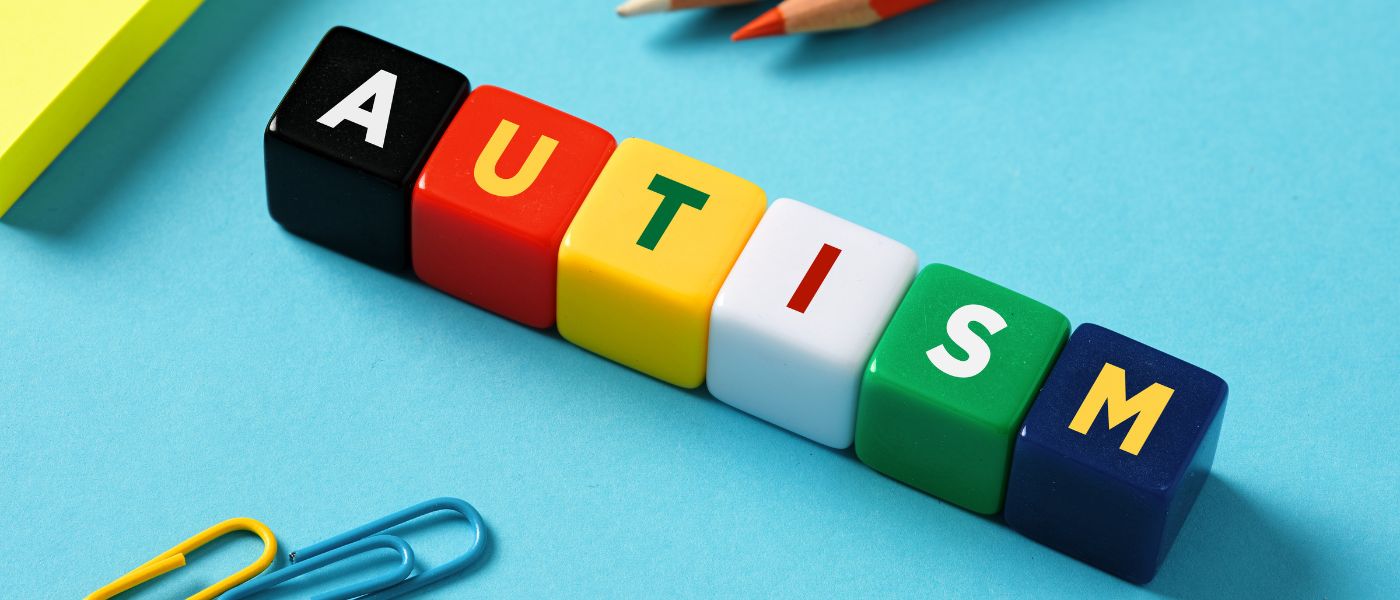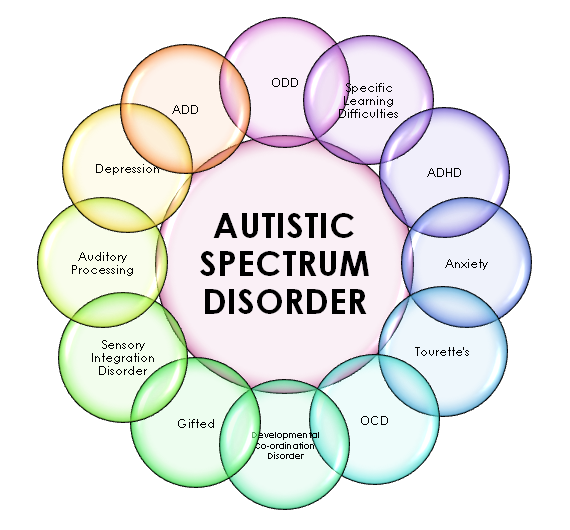Exploring Autism: Approaches for Efficient Interaction and Interaction
Effective interaction and communication with people on the autism range require an extensive understanding of their unique requirements and preferences. Techniques such as using clear language, making use of aesthetic assistances, and fostering regular routines can considerably boost involvement and lower anxiety. In addition, acknowledging the value of non-verbal signs and shared passions leads the method for purposeful links. The ins and outs of these methods expose further considerations that merit exploration, particularly in just how they can be adjusted to diverse contexts and individual experiences. What might these adaptations look like in practice?
Recognizing Autism Spectrum Problem
Autism Spectrum Problem (ASD) encompasses a series of neurodevelopmental problems defined by difficulties in social interaction, interaction, and repeated behaviors. The term "spectrum" mirrors the varied indications and differing levels of intensity experienced by individuals with ASD. While some may exhibit substantial problems, others may present high-functioning attributes, permitting higher freedom in day-to-day live.
The beginning of ASD commonly happens in early youth, with indications typically recognizable by age 2. Early indications might consist of delayed speech advancement, restricted eye get in touch with, and problems in comprehending social hints. Although the exact etiology of ASD continues to be unclear, research recommends a combination of hereditary and ecological aspects plays a crucial function in its development.
As a result, treatments and support tailored to private requirements are necessary for promoting communication and social abilities. Identifying the intricacy of ASD is crucial for advertising understanding, acceptance, and effective techniques that promote significant communications with people on the range.

Significance of Clear Interaction
Effective interaction is essential for cultivating understanding and connection, particularly for individuals with Autism Spectrum Disorder (ASD) Clear communication not just helps with social interactions but also boosts the individual's capability to share their thoughts, demands, and feelings. For people with ASD, the nuances of language can usually be challenging; consequently, using unambiguous and straightforward language is vital.
Moreover, clear interaction helps in reducing frustration and stress and anxiety that may emerge from misconceptions. When messages are shared in a regular and straight fashion, people with ASD are better outfitted to analyze details properly, which can substantially improve their social engagement and participation in numerous settings.
Establishing routines and using visual assistances can further reinforce clear communication. These approaches supply people with predictable frameworks that assist understanding and retention of information. Additionally, proactively being and paying attention patient throughout interactions promotes an encouraging setting where people with ASD feel valued and understood.
Ultimately, focusing on clear communication not only equips people with ASD but additionally fosters more purposeful connections with their peers, caregivers, and the wider area, leading the way for collaborative connections and inclusive communications. - autism
Non-Verbal Interaction Methods
Interaction expands anonymous past words, and for individuals with Autism Spectrum Disorder (ASD), non-verbal hints play a substantial function in communications. Non-verbal communication methods can include faces, motions, body movement, and eye get in touch with, every one of which offer as vital components for sharing intentions and feelings.
Comprehending and interpreting these non-verbal signals can improve interactions with individuals with ASD. A cozy smile or open position can create a welcoming ambience, urging interaction. Using visual aids-- such as picture cards or symbols-- can bridge communication gaps and aid share messages more effectively.
It is additionally crucial to be conscious of individual space, as individuals with ASD may have different convenience levels regarding proximity. Observing their reactions to physical nearness can inform proper adjustments.

Creating Supportive Settings
Creating a supportive setting is essential for cultivating favorable communications and improving the wellness of people with Autism Spectrum Problem (ASD) Such settings can significantly decrease anxiety and develop a feeling of safety and security, allowing individuals to reveal themselves a lot more easily.
To attain this, it is vital to consider sensory level of sensitivities that people with ASD may experience. Changing the physical room to consist of soft lights, very little history sound, and comfortable seating can produce a calming atmosphere. In addition, utilizing consistent routines and clear visual timetables can assist individuals anticipate shifts and reduce uncertainty, find this more promoting comfort.
Social rooms should be structured to reduce overwhelming stimuli while offering opportunities for engagement in preferred activities. Helping with areas designated for silent time can also serve as a haven during moments of anxiety. Notably, incorporating components of selection encourages people, permitting them to work out firm in their setting.

Encouraging Social Communications
Promoting social communications among individuals like this with Autism Range Condition (ASD) calls for intentional methods that focus on comfort and engagement. Developing foreseeable routines can assist minimize anxiety, making social settings more friendly. Developing organized environments with defined responsibilities and functions allows people to involve without the overwhelming pressure of disorganized social dynamics.
Integrating rate of interests and toughness right into social tasks can work as a stimulant for communication. As an example, arranging team tasks around shared leisure activities or topics of fascination can assist in natural discussions and connections. In addition, using visual assistances, such as photographic timetables or social scripts, can assist in recognizing social hints and expectations.
Modeling appropriate social habits is important - autism. Peers and adults must show reliable interaction methods, consisting of energetic listening and turn-taking. Role-playing scenarios can also provide a secure space for individuals to exercise these abilities
Last but not least, fostering peer connections through comprehensive methods is crucial. Encouraging comprehensive playdates or team outings can create possibilities for socializing in a comfortable setup. By executing these methods, teachers and caregivers can considerably boost social interactions for individuals with ASD, advertising their total social development and well-being.
Verdict
In conclusion, efficient communication and communication strategies are crucial for supporting people with Autism Range Problem. Ultimately, these methods encourage people with autism to navigate social landscapes, advertising their total wellness and making it possible for the growth of lasting partnerships.
Reliable communication and interaction with individuals on the autism range demand an extensive understanding of their one-of-a-kind demands and choices. Clear communication not only assists in social interactions but additionally improves the individual's ability to share their emotions, thoughts, and demands.Cultivating social interactions amongst people with Autism Range Problem (ASD) calls for willful approaches that prioritize comfort and engagement. By carrying out these techniques, educators and caregivers can dramatically enhance social interactions for people with ASD, promoting their overall social growth and well-being.
In conclusion, effective communication and communication methods are important for supporting individuals with Autism Range Condition.
Comments on “Recognizing the Spectrum: A Comprehensive Guide to Autism Understanding”